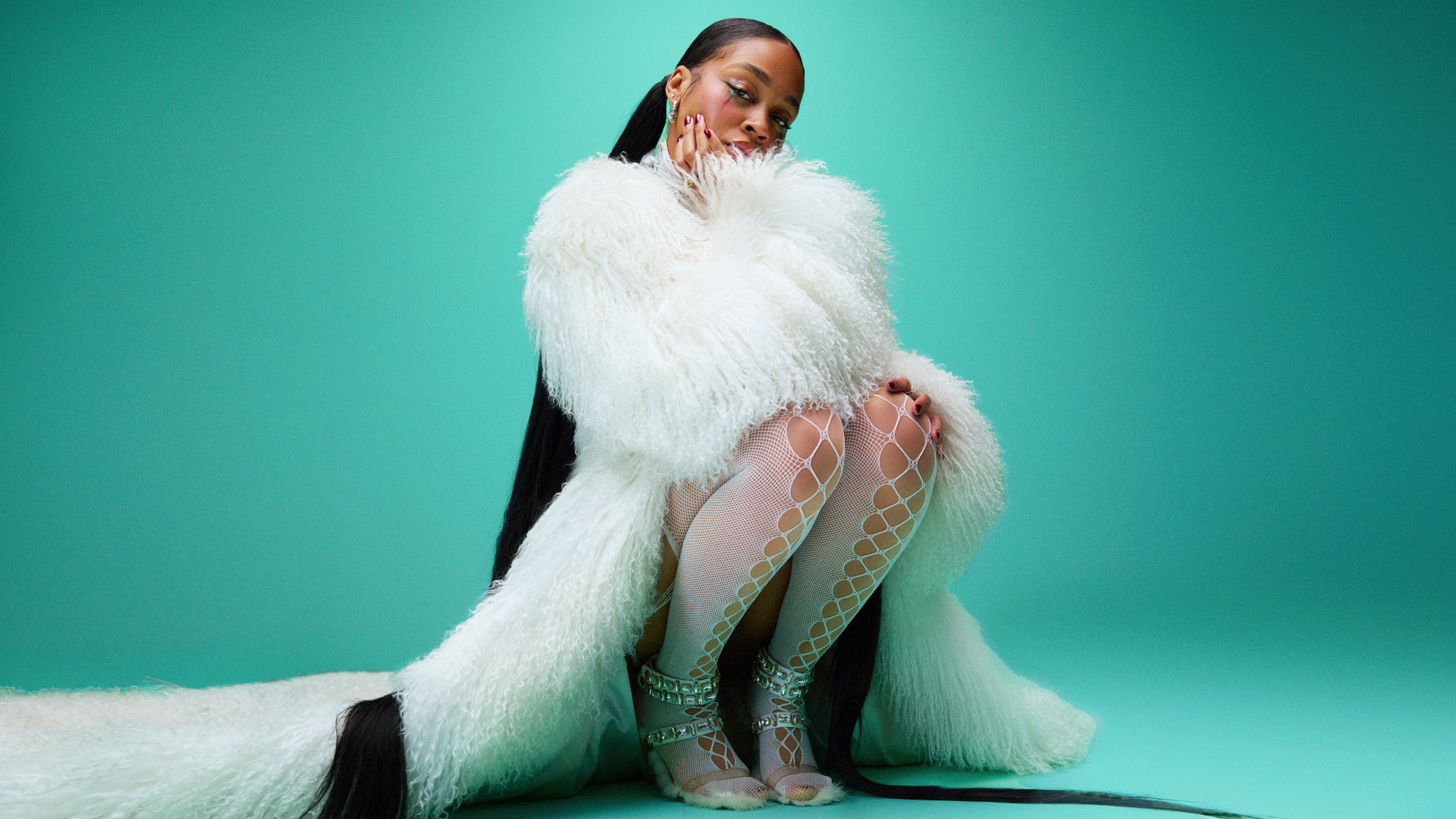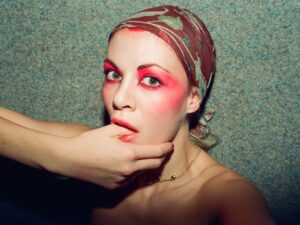We take a lot of inspiration from legends of our past: culturally, politically, fashion-wise, and sometimes, in rare cases, all of the above.
Those with the capacity for such inspirational images and storylines for themselves are qualified as Icons. They come in all shapes and sizes, all backgrounds, ethnicities, time periods, and genders. Contrary to common thought, our opinion is that stars don’t live forever. Sometimes they are lost along the way; we forget about them. We take the duty upon ourselves to reignite their flame and their shine, and to continue appreciating and discussing their timeless allure.

Our second instalment goes to Louise le Bailly de la Falaise, alias: Loulou de la Falaise, a woman of lusts and freedom. The aristocrat will set the trends of the artistic Parisian world of the 70s.
Known for being a rebebelious child, the young Loulou divorced her Irish aristocratic husband at 18, leaving her castle life to shake up moral and puritan constructs of her time. She was a modern-day Madame Bovary, and daughter of top model Maxime De la Falaise (Schiaparelli’s favorite). She quickly found a safe place in her mother’s fashion-influenced friend group. Growing up surrounded by artists and jet setters of the 70s, she impressed big names, including Andy Warhol, thanks to her fearless, playful personality.
After making her way into the fashion industry through journalism and modeling, her life took a liberating turn after meeting the young genius designer Yves Saint Laurent. For the next 20 years, the trio composed of Yves, Loulou and Saint Laurent’s so called ‘rock twin’ Betty Catroux will become the center of Parisian nightlife. From the nightclub le 7 to Regine’s or le Palace, they electrified the party city at the very beginning of its gay nightlife.

The friendship with Saint Laurent became an everyday facet of Loulou’s life. They worked alongside each other and traveled often to Algeria, where the designer would spend time in his second home. Loulou’s ‘petit je ne sais quoi’ will make her the muse of countless artists, and emerge as an icon of the Parisian spheres by imposing her bohemian chic style, mixing luxury pieces with items found in different flea markets throughout the Capitale.
Known for her combination of large pants and over-accessorised tops, she will invent a new silhouette and infuse the French fashion scene with her take on the American hippie movement. Loulou describes her style as ‘décalé’: the art of pairing un-matching fashion pieces. Growing up in French and English aristocratic circles, she was repulsed by the proper dress codes and societal rules, and start inventing her own crafty and unique silhouette that was chic and androgynous, unlike anything previously seen in parlours of the well-to-do.
Her talent for accessorisation eventually led her to being the artistic director of the Saint Laurent jewellery department in 1972.
Her signature pieces are colourful necklaces ornamented with glass beads, as well as headpieces and turbans that were great showstoppers of both the Russian and Opium collections. She will crystallise the style of the modern women in the 70’s under the camera of masters such as Steven Meisel and Helmut Newton. After the retirement of Yves Saint Laurent, she began making pieces independently as well as designing for friends such as Oscar de la Renta, and lately for more accessible manufacturers such as Target. Her unique style that at one time was the talk-of-the-town has survived and is still thriving around the necks of top models and housewives alike.

Text by Marien Brandon
Images Courtesy of Getty Images, Rizzoli, Musée Yves Saint Laurent Paris, André Perlstein and Gamma Rapho



